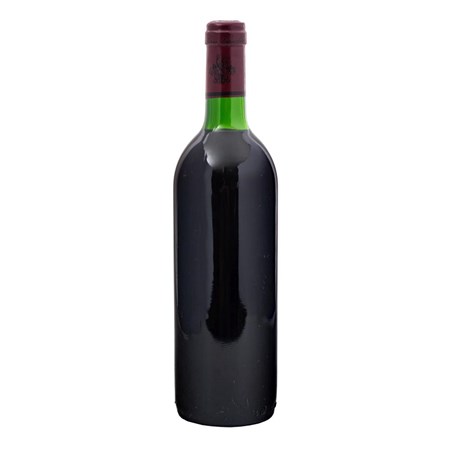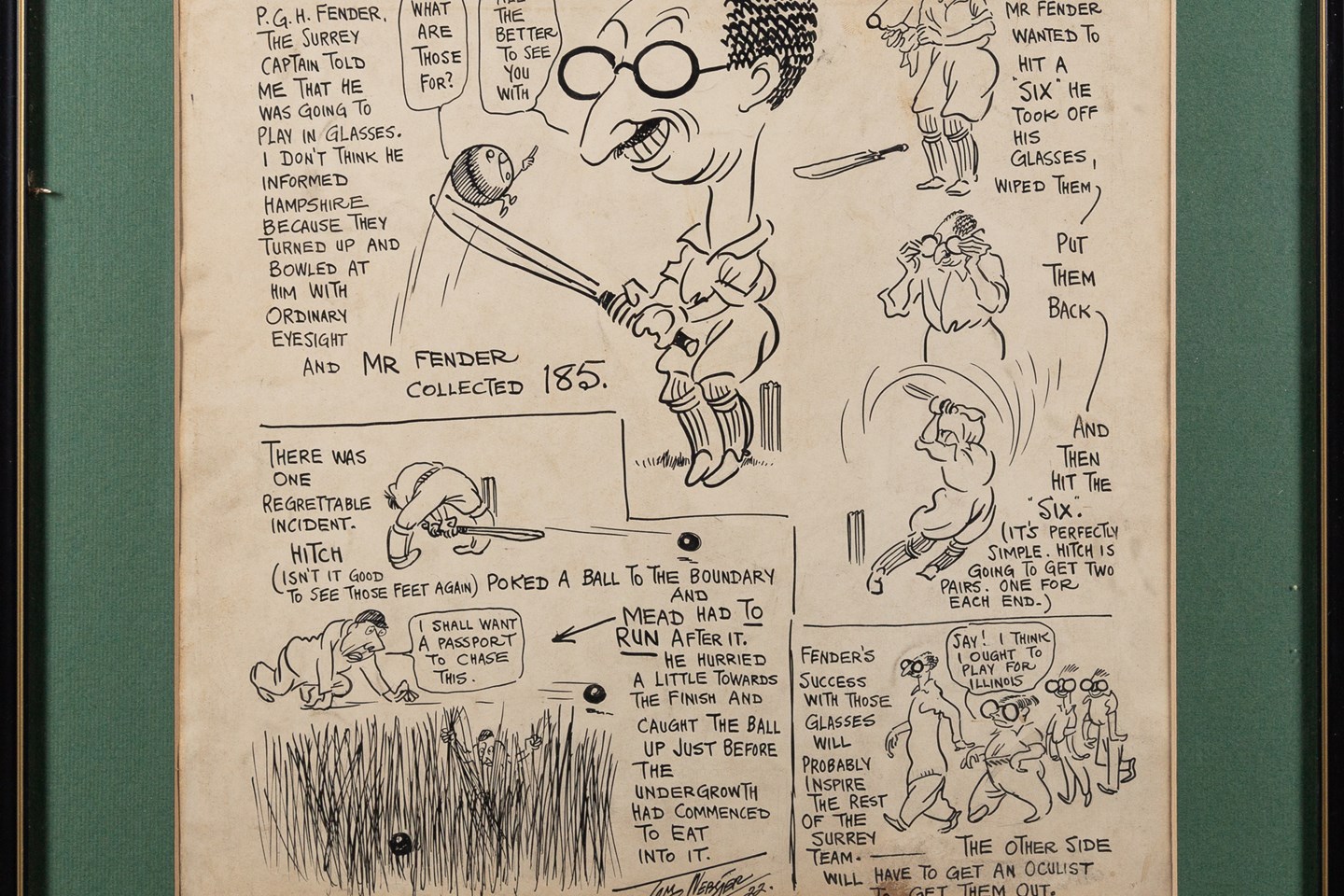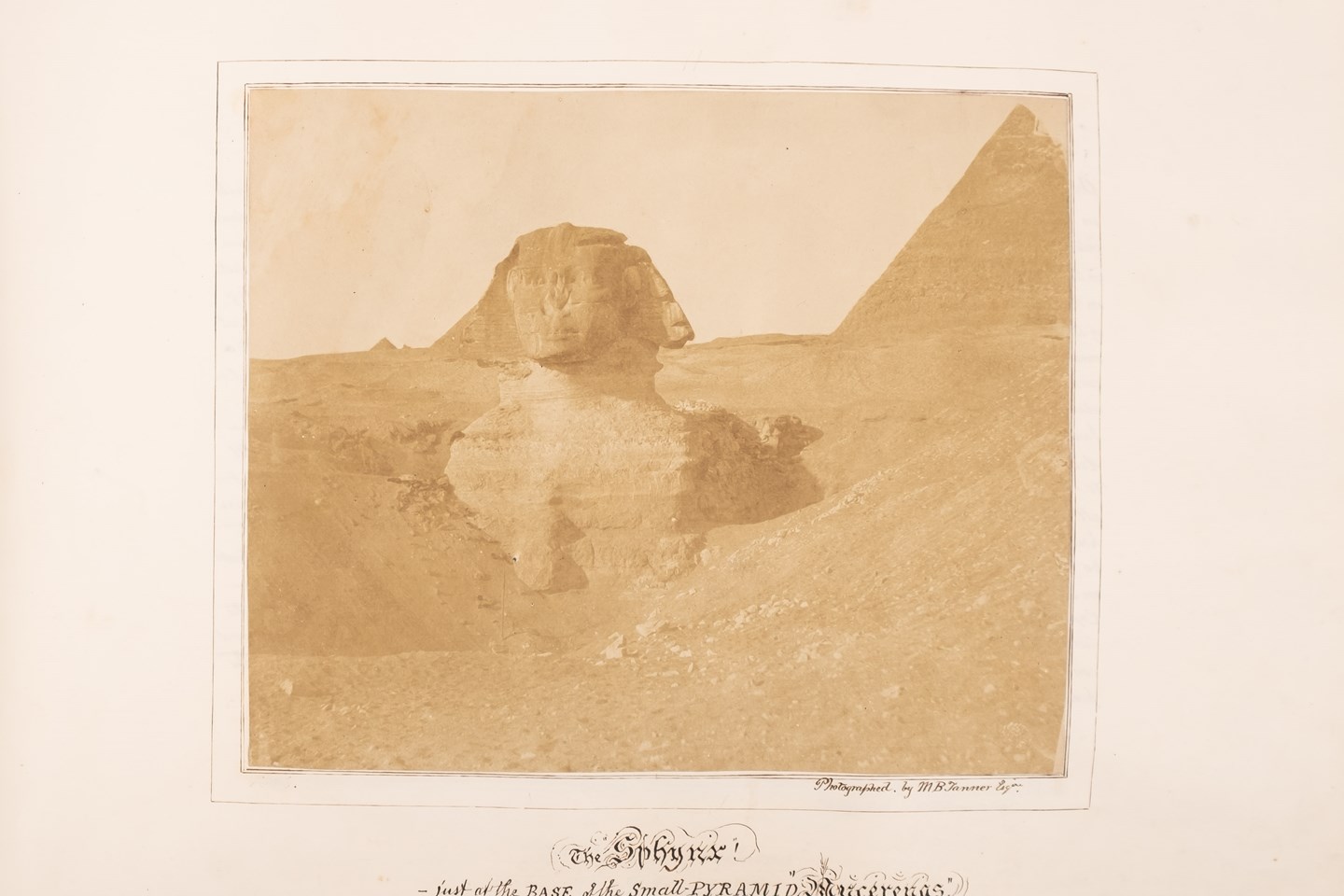Cristian Beadman heads this large and diverse department. Consultants and assistant cataloguers also provide invaluable input and Bearnes Hampton & Littlewood are well known in the Fine Art world for offering accurately catalogued and desirable objects, which are fresh to market.
The variety of items that come under the heading Works of Art grows annually: there is Engineering and Scientific, Tapestry and Stumpwork, fans, needlework samplers, Chinese metalwares, ivories and jades, Japanese metal wares and ivories, Ethnic art, Antiquities, Objet de vertu, Architectural works of art, barometers, lighting – the list verges upon the infinite.
The Works of Art and Clocks Department contributes an extensive section within the four Fine Art Sales each year.
If you have an item you believe to be valuable, you can take advantage of our 'free verbal advice' service either at home or by bringing the articles to one of our salerooms. We can find buyers for even the most obscure articles and whatever you wish to sell, Bearnes Hampton & Littlewood can help you present it to discerning buyers worldwide.


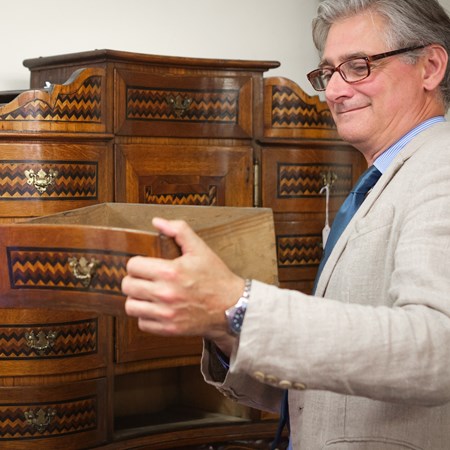
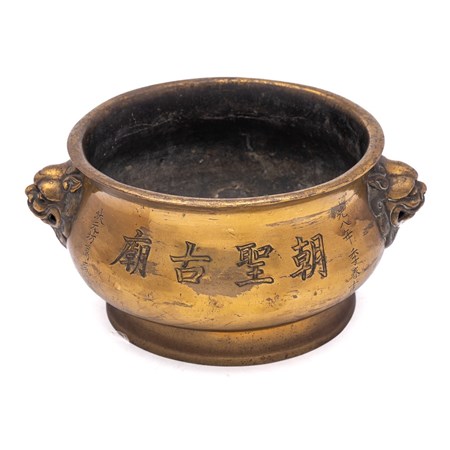
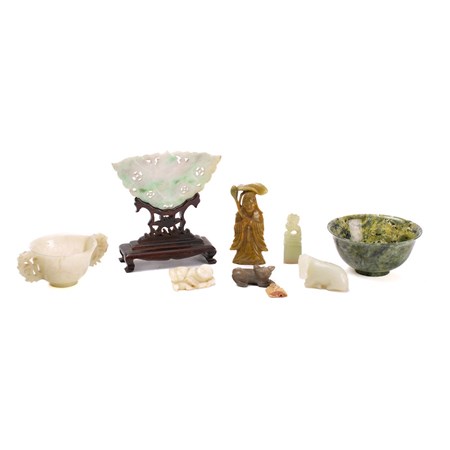
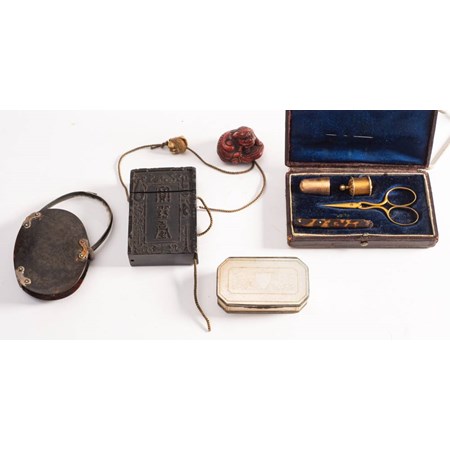
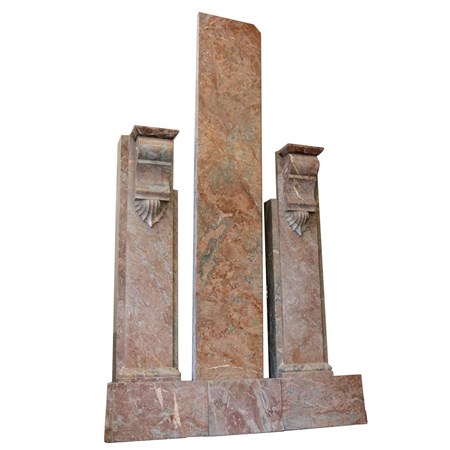
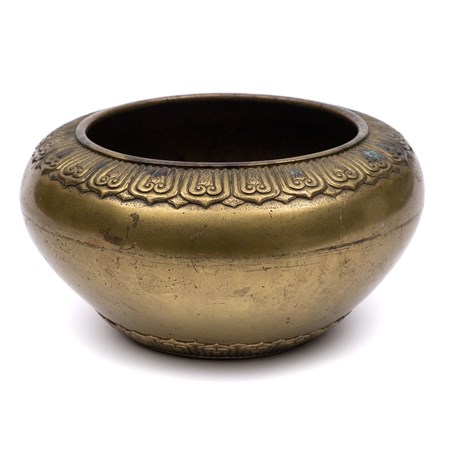
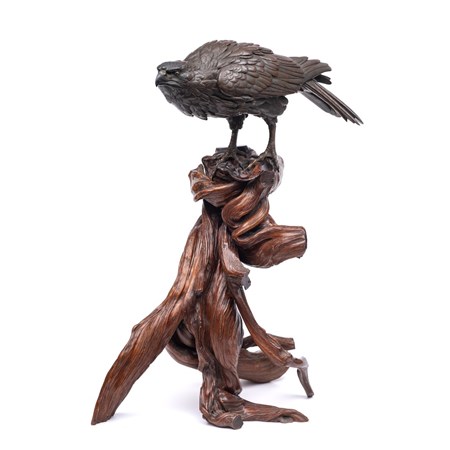
![A Group Of Three Chinese Scroll Paintings Comprising Tang Yun [1910 1993] An Eagle](/media/o1upsr5j/a-group-of-three-chinese-scroll-paintings-comprising-tang-yun-1910-1993-an-eagle.jpeg?mode=pad&quality=90&width=450&bgcolor=ffffff&height=450&rnd=133053797719570000)
